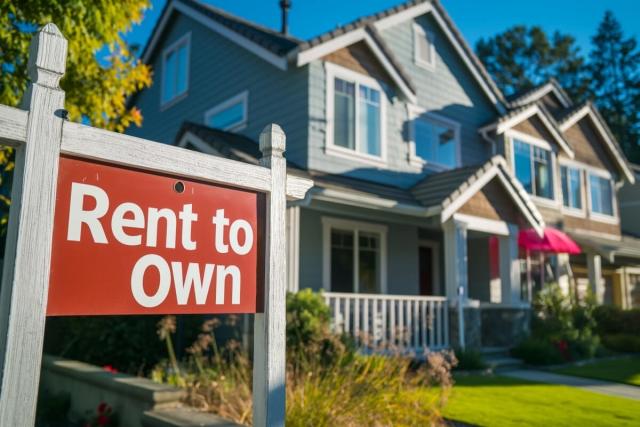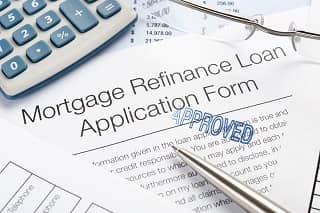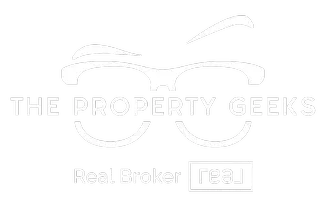What Was the HARP Program, and Why Does It Still Matter?
If you were a homeowner during the late 2000s, you probably remember how tough the housing market was after the crash. Home values dropped sharply, and many people found themselves underwater on their mortgages. In response, the federal government created a series of programs to offer relief. One of the most well-known of these was the HARP program, also known as the Home Affordable Refinance Program.
Although HARP ended a few years ago, it remains an important part of recent real estate history. Understanding what it was and why it mattered can help you stay informed about today’s refinance options and the evolution of homeowner support programs.
What Was HARP?
Launched in 2009 by the Federal Housing Finance Agency (FHFA), the HARP program was designed to help homeowners who were current on their mortgage payments but unable to refinance due to falling home values.
During the housing crash, many borrowers owed more on their mortgages than their homes were worth. This made traditional refinancing nearly impossible. HARP aimed to give these homeowners a second chance to secure better loan terms without needing equity.
Who Qualified for HARP?
To be eligible for HARP, homeowners had to meet specific criteria:
-
The mortgage had to be owned or guaranteed by Fannie Mae or Freddie Mac
-
The loan had to have been originated on or before May 31, 2009
-
Borrowers needed to be current on their mortgage, with no late payments in the past 6 months and no more than one in the past year
-
The loan-to-value (LTV) ratio had to be greater than 80 percent
Essentially, it was created for responsible homeowners who were stuck with high-interest loans simply because home prices had fallen.
What Were the Benefits?
HARP helped more than 3 million Americans refinance their homes. Some of the key benefits included:
-
Lower monthly payments due to better interest rates
-
The option to switch from an adjustable-rate mortgage to a more stable fixed-rate mortgage
-
No new mortgage insurance required, even if the original loan did not include it
-
Simplified paperwork and fewer barriers to refinancing
It gave homeowners relief at a time when few other options existed.
Is HARP Still Available?
No. The HARP program officially ended on December 31, 2018.
However, if you missed out on HARP or if you have a newer loan that still feels burdensome, there are newer options available. Fannie Mae and Freddie Mac introduced replacement programs that serve a similar purpose. These include:
-
Fannie Mae’s High LTV Refinance Option
-
Freddie Mac’s Enhanced Relief Refinance
These programs are not identical to HARP, but they are designed to help homeowners who have high loan balances compared to their home’s value.
Why It Still Matters Today
Even though HARP has expired, its legacy continues. The program showed the value of government-backed refinancing solutions during financial crises. It also laid the foundation for today’s relief programs that can help homeowners adjust their mortgages when economic conditions change.
If you’re considering refinancing or just want to know what options are available, talking with a knowledgeable lender or agent is a smart first step.
Need Guidance on Refinancing or Buying a Home in Minnesota?
As a local real estate professional, I stay up to date on the tools and programs that support homeowners. Whether you're buying your first home, thinking about refinancing, or simply want to learn more about your options, I’m here to help.
Let’s connect.
📧 jennifer@mnpropertyjam.com | 📞 612-990-3863 | 📍 Proudly serving clients in the NW Metro of Minnesota
Categories
Recent Posts










GET MORE INFORMATION

